The Growing Popularity of Organic Skincare Products Among Millennials
flareAI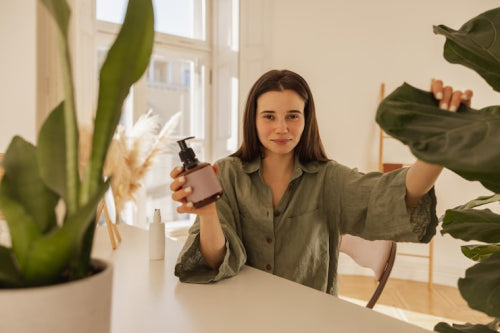
Quick Listen:
Picture this: a 28-year-old barista in Brooklyn, phone in hand, doom-scrolling TikTok at 2 a.m., when a quick-cut video of a glowing influencer slathering on a mud mask made from ethically sourced clay stops her cold. "No parabens, no sulfates just plants doing their thing," the caption reads. She taps buy, and just like that, she's hooked. Moments like these aren't anomalies; they're the pulse of a seismic shift in beauty, one that's got the industry buzzing. It's the story behind The Growing Popularity of Organic Skincare Products Among Millennials, where a generation raised on avocado toast and climate anxiety is rewriting the rules of what goes on their skin.
Many women feel trapped by makeup that hides flaws but risks irritation and hidden toxins. This daily choice weighs heavily, dimming confidence over time. Liht Organics invites you to embrace beauty differently. With up to 90% USDA-certified organic ingredients, our vegan, cruelty-free products deliver vibrant color and gentle care, letting you glow with confidence, knowing your skin is nurtured, not compromised. Shop Now!
The Rise of Organic Skincare in the Millennial Market
Millennials those born between 1981 and 1996, now squarely in their late 20s to early 40s aren't just buying skincare; they're investing in a philosophy. They've watched their parents slather on creams loaded with mystery chemicals, only to battle breakouts and sensitivities later in life. Now, armed with Google and a distrust of fine print, they're flipping the script toward organic options that promise purity without the compromise.
This isn't hype. The global organic skincare market hit USD 11.0 billion in 2023 and is barreling toward USD 26.0 billion by 2033, clocking a compound annual growth rate of 9.0% from 2024 onward. In the U.S. alone, the organic personal care sector skincare leading the charge at over 40% of the pie stood at USD 3.01 billion last year and eyes USD 5.10 billion by 2030, growing at 9.25% annually. Women, who make up more than 70% of buyers, are driving this, but it's the millennial and Gen Z crowd fueling the fire with their obsession for clean beauty and ethical sourcing.
What gives? It's a cocktail of factors: the gig economy's stress lines etching deeper, social feeds flooded with "skinimalism" tutorials, and a collective wake-up call to the toxins lurking in everyday lotions. Brands like Liht Organics, with their high-performance makeup boasting over 80% clean organic ingredients think formulas safe enough to eat that double as skin saviors are riding this wave. Made in the USA and Singapore, they're not just products; they're quiet rebellions against the synthetic status quo.
Emerging Trends Driving the Popularity of Organic Skincare
Dive into the why, and it starts with sustainability. Millennials aren't content with a recyclable bottle; they want the whole supply chain to whisper "planet-friendly." Enter the era of cruelty-free certifications and carbon-neutral shipping. This ethos extends to ingredients sourced from regenerative farms, not chemical vats appealing to a cohort that's as likely to rally for reef-safe sunscreen as they are for fair-trade coffee.
Then there's the clean ingredients crusade. Armed with apps that scan barcodes for nasties, millennials demand transparency. No more "fragrance" as a catch-all for hidden irritants. Instead, it's aloe vera from sun-kissed fields or rosehip oil pressed fresh. This scrutiny has birthed a market where education is currency; consumers pore over labels like they're decoding ancient scrolls.
Social media? It's the accelerant. Platforms like Instagram and TikTok aren't just showing off dewy skin they're democratizing expertise. A single viral reel on "slugging" with organic beeswax can spike sales overnight. Influencers, unboxing hauls from indie brands, turn whispers into roars. TikTok challenges like #CleanBeautyHack rack up billions of views, pulling in skeptics who stick around for the results. Instagram's aesthetic feeds, meanwhile, curate feeds of minimalist routines that feel more like art than ads.
Underpinning it all is the wellness revolution. Skincare isn't siloed anymore; it's woven into yoga flows, adaptogen lattes, and blue-light detoxes. Millennials see their face cream as an extension of their gut health holistic, harmonious, unapologetically natural. As one trend report notes, rising skin issues, from pollution-fueled acne to stress-induced eczema, are pushing folks toward gentler fixes. With over 94 million Europeans grappling with uncomfortable skin sensations as far back as 2022, the call for organic alternatives has only amplified.
Zoom out, and the numbers tell the tale. Analysts peg the market at USD 47.71 billion in 2025, swelling to USD 61.74 billion by 2030 at a 5.29% clip, with Asia-Pacific not just the biggest player (41.48% share in 2024) but the sprinting frontrunner at 6.34% growth. It's a global groove, syncing with millennial mobility and borderless browsing.
Real-World Examples and Case Studies
Liht Organics embodies this pivot. Their lineup lipsticks that hydrate like balms, foundations that fight free radicals marries makeup's flair with skincare's smarts. Over 80% organic, these aren't fragile florals; they're tough, tested performers crafted in U.S. labs and Singaporean facilities attuned to regional needs. For the uninitiated, that's code for: yes, you can swipe on that bold red without dreading the dry-out.
Take their expansion playbook. In Singapore and Malaysia, they're partnering with spots like The Green Collective, a hub for eco-luxe finds. Down under in Australia, it's about tapping that sun-soaked demand for protective organics. And in the Middle East UAE and Saudi Arabia specifically they're eyeing platforms like Gold Apple and Namshi, where luxury meets logistics in a flash. Faces in Dubai? Another sweet spot for shelf space that screams accessibility.
It's not solo swagger. Other clean beauty darlings have paved the path, scaling from garage startups to Sephora staples by leaning into user stories. One brand's TikTok glow-up led to a 300% sales bump in months; another's Instagram Live Q&As on ingredient sourcing built a tribe that evangelizes harder than any billboard.
Liht's edge? They don't just sell; they educate. Pop onto their Instagram for breakdowns on why that jojoba mimics skin's sebum, or TikTok for quick demos proving the "edible" claim isn't hyperbole. It's trust-building 101, turning "What's in this?" into "I need this."
Challenges and Limitations of Organic Skincare in the Millennial Market
But let's not gloss the grit. Price tags sting that organic serum clocks in 30% higher than its drugstore twin, and with student loans lingering, not every millennial's wallet winks back. It's a barrier that brands navigate with starter kits or subscription perks, yet it lingers like a stubborn pore.
Trust? That's the thornier beast. Greenwashing slapping "natural" on a bottle half-full of synthetics has scorched too many. Prospects balk: "Is this really organic, or just marketing?" Ingredient lists read like chemistry finals, leaving folks foggy on benefits. Efficacy doubts creep in too "Will this kale-infused moisturizer outshine my old retinoid?"
Liht Organics confronts this head-on. Their site dives deep: breakdowns of every botanical, third-party certs front and center. No smoke, just soil-to-skin transparency. It's how they chip away at the "I don't get it" wall, one informed swipe at a time.
Opportunities and Business Impacts for Clean Beauty Brands
Flip the script, and the upsides dazzle. Loyalty? Ironclad. When a product syncs with your values vegan, zero-waste, globally sourced it's not a purchase; it's a pact. Millennials reward that with repeat buys and rabid referrals, turning customers into co-conspirators.
Innovation beckons. Think AI-tailored serums or packaging from mushroom mycelium. Liht's already there, blending U.S. precision with Singaporean flair for formulas that nod to diverse climates from India's humid haze to Australia's UV blaze.
Global reach? Prime time. With Asia-Pacific surging, brands like Liht are priming for India's booming middle class and the UAE's luxe lovers. Saudi's opening markets add spice, while the U.S. and Australia anchor the West. E-comm bridges it all, from Namshi drops to Green Collective exclusives, shrinking the world to a click.
The payoff? Beyond bucks it's cultural clout. As the market swells to $20.37 billion by 2029 at 11.5% CAGR, brands that listen thrive, fostering not just sales but a movement.
The Future of Organic Skincare for Millennials
Peering ahead, organic skincare isn't a fad it's the new normal, etched by a generation that demands better. Liht Organics stands tall here, their edible-grade ethos a beacon for the bewildered and the bold alike. As experts forecast sustained booms, from U.S. clean beauty surges to Asia's green gold rush, the message rings clear: authenticity wins.
For brands chasing the wave, the playbook's simple: bare your soul on sourcing, amp up the education via TikTok truths, and price with empathy. Millennials aren't buying stuff; they're buying into a skin-deep revolution. And in that glow, the future looks downright radiant.
Frequently Asked Questions
Why are millennials choosing organic skincare products over traditional options?
Millennials are gravitating toward organic skincare due to a combination of health consciousness, environmental awareness, and transparency demands. Having witnessed their parents struggle with chemical-laden products, they're seeking purer alternatives that align with their values of sustainability and clean living. Social media platforms like TikTok and Instagram have also amplified awareness of clean beauty benefits, making organic skincare more accessible and appealing to this generation.
How fast is the organic skincare market growing among millennials?
The organic skincare market is experiencing explosive growth, hitting $11.0 billion globally in 2023 and projected to reach $26.0 billion by 2033 with a 9.0% annual growth rate. In the U.S. alone, the organic personal care sector is expected to grow from $3.01 billion in 2023 to $5.10 billion by 2030. Millennials and Gen Z consumers are the primary drivers of this growth, with women comprising over 70% of buyers in this rapidly expanding market.
What are the main challenges millennials face when buying organic skincare products?
The biggest hurdles for millennials purchasing organic skincare include higher price points (often 30% more than conventional products), trust issues due to greenwashing practices, and confusion about ingredient efficacy. Many millennials struggle with student debt and budget constraints, making premium organic products less accessible. Additionally, the prevalence of misleading "natural" marketing claims has created skepticism, leading consumers to demand more transparency and third-party certifications before making purchases.
Disclaimer: The above helpful resources content contains personal opinions and experiences. The information provided is for general knowledge and does not constitute professional advice.
You may also be interested in: Makeup Tips – Liht Organics
Many women feel trapped by makeup that hides flaws but risks irritation and hidden toxins. This daily choice weighs heavily, dimming confidence over time. Liht Organics invites you to embrace beauty differently. With up to 90% USDA-certified organic ingredients, our vegan, cruelty-free products deliver vibrant color and gentle care, letting you glow with confidence, knowing your skin is nurtured, not compromised. Shop Now!
Powered by flareAI.co
Share
You May Also Like
-

Discovering Self-Love Through Clean Beauty: A Guide to Nurturing Your Inner and Outer Self
In the journey of self-love, every action, thought, and choice we make towards ourselves can be a powerful affirmatio...
-

The Science Behind Organic Makeup and Pregnancy: A Gentle Choice for Moms-to-Be
wp:paragraph Pregnancy is a wonderful and exciting journey that comes with added responsibilities of ensuring the ...
-
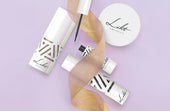
Liht Organics Black Friday: Enhance Your Beauty Routine with Vegan, Organic, and Natural Essentials!
As the holiday season approaches, there’s a sparkle in the air, and we at Liht Organics are thrilled to add a touch o...
-

Organic Makeup That Heals As It Conceals
Liht Organics Empowers Women With Only The Best For Their Beauty NeedsLiht Organics combines the best of both worlds:...
-
![[FEATURE] Liht Organics to debut at TFWA Asia Pacific show](//lihtorganics.com/cdn/shop/articles/1_1.png?v=1759328400&width=170)
[FEATURE] Liht Organics to debut at TFWA Asia Pacific show
‘Organic makeup that’s safe enough to eat’ — Liht Organics to debut at TFWA Asia Pacific show by Hannah Tan | 24 Apri...
-
![[FEATURE] The Singapore-based organic makeup brand is a first-time exhibitor at this year’s TFWA Asia Pacific Exhibition in Singapore in May 2025](//lihtorganics.com/cdn/shop/articles/2_1.png?v=1759328386&width=170)
[FEATURE] The Singapore-based organic makeup brand is a first-time exhibitor at this year’s TFWA Asia Pacific Exhibition in Singapore in May 2025
TFWA Asia Pacific preview: Liht Organics targets expansion in travel retail By DFNI Staff Writer The Singapore-bas...
-
![[FEATURE] Travel Retail Awards 2025 finalists - Best Make-up Product Color-Intense Liquid Lipstick – Liht Organics](//lihtorganics.com/cdn/shop/articles/4_e2f54f0f-fcd1-46e7-9990-fc9d29e35131.png?v=1759328382&width=170)
[FEATURE] Travel Retail Awards 2025 finalists - Best Make-up Product Color-Intense Liquid Lipstick – Liht Organics
Revealed: Travel Retail Awards 2025 finalists By Trbusiness Editor | Wednesday, 23 July 2025 15:21 TRBusiness is th...
-
![[FEATURE] Liht Organics targets expansion in travel retail](//lihtorganics.com/cdn/shop/articles/3_1.png?v=1759328346&width=170)
[FEATURE] Liht Organics targets expansion in travel retail
Organic makeup that’s safe enough to eat: Liht Organics targets expansion in travel retail By Laura Shirk Liht Organ...
-

[FEATURE] Gulf News: TikTok’s strawberry girl makeup trend: How to achieve that rosy glow inspired by Hailey Bieber
Berry, berry, strawberry, love strawberry, like BTS’s J-Hope, the band’s strawberry enthusiast once said. If only we ...
-

[FEATURE] Gulf Business Magazine : Liht-ing it up
Our founder, Nerissa Low was interviewed by Gulf Business, where she discussed her experience launching Liht, an orga...
-

[FEATURE] Daily Vanity: 11 local beauty brands owned by women – you’d be surprised how many of them started in their kitchens!
When we give a shout-out to homegrown beauty businesses, we aren’t just doing it for the sake of supporting local. Th...
-

[FEATURE] Entrepreneur ME : UAE-Based Liht Organics' Nerissa Low On Crafting An Organic Makeup Brand For The Skin-Conscious Consumer
As is the case with the origin stories of so many startups out there, Liht Organics came into being after its founder...
-
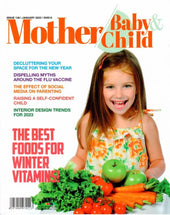
Mother, Baby & Child Editor’s Pick: Liht Organics Lights the Way
Excited to be the Mother, Baby & Child’s ‘Editors pick’ for their choice of Beauty brand.The article outlined the...
-
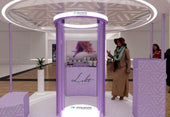
[FEATURE] EmiratesWoman - 8 Fabulous things to do in Dubai this weekend
by SARAH JOSEPHJANUARY 20, 2023Try the UAE’s first virtual reality makeup podium The popular VR-backed makeup exper...
-

Nerissa Low of Liht Organics On The Self-Care Routines & Practices Of Busy Entrepreneurs and Business Leaders
By Maria Angelova, CEO of Rebellious Intl.Date: 4 January, 2023Nerissa Low of Liht Organics On The Self-Care Routines...
-

Liht Organics: Meet the beauty brand that has caught the eye of the Royal Family of Bahrain
By Crystal Lee Digital Editor28 May 2021The world of clean beauty is, ironically, rather murky.That’s because the ter...
-

The latest luxury makeup and skincare drops, including serums, concealers, moisturisers and more
Allisa Noraini21 May, 2021It’s fine to splurge in the name of beauty. This new range of makeup and skincare drops are...
-

These SG Beauty Bosses Are Conquering The World Despite The Pandemic
First Singapore, then the US, China, Germany, Dubai, UK, South Korea, Malaysia, Hong Kong, Thailand, Australia… By...
-

Nerissa Low, Founder at Liht Organics
Written by Callum LaingPosted on December 26, 2020 10 min readNerissa Created Organic Makeup That Actually Improve...
-

Liht Organics – Makeup That Makes You
At Liht Organics, our mission is simple – to provide women (and men) with a safe experience when it comes to beauty s...
-

Why Should We Use Organic Makeup?
We cannot deny that cosmetics is one of our beauty essential item – it enhances our looks and conceals our flaws. Man...
-

Organic makeup and why your skin will love it: Liht Organics founder
By Jolene,July 27, 2020 |7 mins readOrganic make up in Singapore is a trend that is fast-catching on here as we becom...
-

[FEATURE] DC EDIT – Makeup & Confidence: Talking Self-love With Liht Organics’ Founder Nerissa Low
Makeup and confidence — the long, drawn-out fight that many of us have grappled with personally. I’m sure I’m not the...
-

[FEATURE] THE FEMALE CULTURE – I TRIED LIHT ORGANICS AND THIS IS HOW IT WENT
I’m a huge fan of makeup and I love testing out new products so I was pretty excited to get my hands on Liht Organics...
-

[FEATURE] SINGAPORE MOTHERHOOD – The Best Organic and Natural Skincare and Makeup for Pregnant and Breastfeeding Mums in Singapore
Pregnancy is a hormone-volatile period for women. One place where this makes itself seen and felt is on the skin. Som...
-

[FEATURE] AFTER CLINIC HOURS – 21 Back to Beauty Deals in Singapore (2020)
With spas and salons shuttered island wide for two months, I never thought I’d be this desperate for a good old’ Swed...
-

[FEATURE] KUL AL USRA MAGAZINE JUNE 2020
Choosing Pinks & Oranges this summer!Featured: Moisture Burst Lip Glaze in Pink Cupcake.
-
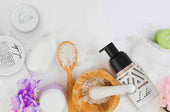
[FEATURE] Award-winning Organic Makeup Brand Liht Organics Gives Back to the Community & Environment During COVID-19
Singapore’s First Organic Makeup Brand with 100% Natural Makeup That Is Safe Enough to Eat Liht Organics promises org...
-

[FEATURE] COSMETICS DESIGN ASIA – COVID-19 ‘WAKE-UP CALL’: SINGAPORE’S LIHT ORGANICS SEES GLOBAL POTENTIAL AMID CLEAN BEAUTY CLAMOUR
Original article at: https://www.cosmeticsdesign-asia.com/Article/2020/06/26/Singapore-s-Liht-Organics-sees-globa...
-

[FEATURE] THE LIFESTYLE COLLECTIVE – BEAUTY SHOULD NEVER BE CRUEL
Date: June 24, 2020Author: Kristen Chen Liht (pronounced as light) Organics is a Singaporean organic makeup brand t...
-

[FEATURE] NÜYOU – 7 ONLINE PLATFORMS TO SHOP FOR CLEAN BEAUTY PRODUCTS
纯净美容(Clean Beauty)的美肤概念,再近几年来越来越受欢迎。随着消费者“爱自己”的美容意识逐步提升,对于用在脸上的所有物品、成分更为关注和讲究。以广义来讲,纯净美容主张使用“干净”成分和无毒配方,让肌肤的可能性损伤减到最小...
-

[FEATURE] COSMOPOLITAN MIDDLE EAST – 3 BENEFITS OF SWITCHING TO ORGANIC BEAUTY PRODUCTS THIS RAMADAN
By Cosmo – May 08, 2020Nerissa Low, founder of Liht Organics, shares the ultimate benefits of going organic this mont...
-

Nerissa Low of Liht Organics: “Seeing Light at the End of the Tunnel; 5 Reasons To Be Hopeful During this Corona Crisis”
Ely Weinschneider, Psy.D.May 8 · 9 min read …It shows us that everyone- whether we are rich or poor, regardless...
-

[FEATURE] AL MARA MAGAZINE APRIL 2020
-

[FEATURE] RetailME April 2020 – Liht Organics Stays Firm On Strengthening GCC Presence
-

[FEATURE] EMARAT AL YOUM NEWSPAPER – 27 MARCH 2020
English Translation:In spring and summer days, women love to have very light makeup in terms of color and texture, ...
-

[ARTICLE] WKND Magazine March 2020 – Know Your Organic Makeup
-

[FEATURE] AVIAMOST DUBAI – March/April 2020
English Translation:Lipstick with organic flowers. Thanks to the rich complex of natural ingredients, the lipstick...
-

[FEATURE] RUSSIAN EMIRATES (MAR/APR ISSUE)
Russian Emirates is a luxury lifestyle and fashion magazine covering information about the UAE, fashion, beauty, j...
-

[FEATURE] – KUL AL USRA MAGAZINE MARCH 2020
GET THE LOOK!
-

[FEATURE] IMAGES Retail ME – Liht Organics Announces GCC-Wide Expansion
Rupkatha Bhowmick Mar 10, 2020 The plan is to reach 75 Liht Organics retail touchpoints by June-July 2020 and touch...
-

[FEATURE] BABY & CHILD SPRING 2020 – NATURAL BEAUTIES
-

[FEATURE] AWQAT DUBAI – Liht Organics: The First Premium Organic Makeup Brand
ENGLISH TRANSLATION:Liht Organics – The First Premium Organic Makeup Brand Liht Organics, a premium organic beauty ...
-

[FEATURE] FRIDAY MAGAZINE – THE RETRO EYELINER LOOK
-

[FEATURE] MOTHER BABY & CHILD – VANITY ESSENTIALS – THE BEAUTY EDIT
-

[FEATURE] Masala! Magazine February/March 2020 Issue – Beauty Debut: Liht Organics
-

[Feature] – TimeOut Singapore – The Best Local Beauty and Skincare Brands In Singapore
For full article, click here.
-

[FEATURE] KUL AL USRA MAGAZINE – LIHT UP YOUR WORLD WITH LIHT ORGANICS
[ENGLISH TRANSLATION]Liht Up Your World With Liht OrganicsThe First Premium Organic Makeup Brand To Debut In The Mi...
-

[FEATURE] SINGAPORE TATLER – 9 Local Beauty Brands You Should Know Of
-

[FEATURE] nüyou August 2019 Issue – 15 Faces To Watch
-

[FEATURE] HONEYCOMBERS – Local Beauty Gurus: Singapore Beauty Brands You Need To Know About
-

[FEATURE] The Wellness Insider – Seeing The Liht With Founder Nerissa Low
-

[FEATURE] 联合早报 (LianHeZaoBao) – Women Entrepreneur Awards 2019 Coverage
-

[FEATURE] THE STRAITS TIMES Life – Clean beauty with a Singapore heart
-

Romantic Organic Makeup Looks for Valentine's Day: Tips, Tricks, and Product Picks
Valentine's Day is the perfect occasion to embrace the beauty of organic makeup. At Liht Organics, we believe in the ...
-
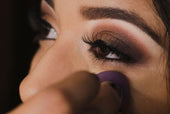
Enhance Your Eyes: A Guide to Eyeliner for Every Eye Shape with Liht Organics
Welcome to the Liht Organics blog, where we believe in celebrating the natural beauty of every eye shape. Today, we'r...
-
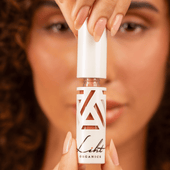
How to do makeup with only lipstick?
At Liht Organics, we believe in the power of clean beauty and the artistry of makeup. Makeup is more than just enhanc...
-

How to Clean Your Makeup Brushes in 6 Simple Steps
Cleaning your makeup brushes may seem like a tedious task, but it's an essential part of your beauty routine. Not onl...
-

Makeup Tips to Help You Look Your Most Flattering on Virtual Meetings!
After more than 2 years of work-from-home arrangement, and possibly hundreds of zoom calls and Google meet virtual me...
-
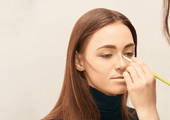
Learn How to Contour with This Simple Guide for Beginners
Want to take your makeup to the next level? Try contouring to achieve a more defined or sculpted look à la the Kardas...
-
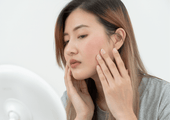
Essential and Easy Makeup Tips for Sensitive Skin
Living with sensitive skin conditions like eczema, psoriasis, and more is already not an easy feat. Throw in makeup t...
-
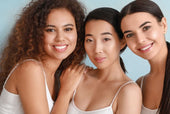
Raising Your Vibration: A Liht Organics Guide for Empowerment This International Women's Day
wp:paragraph As International Women's Day (IWD) approaches, it serves as a powerful reminder of the journey towards s...
-

The Beauty of Going Bare: Why Sleeping with Makeup is a No-No
Have you ever had one of those nights where you're too tired to clean off your makeup? You might believe, "Skipping...
-

Breast Cancer Awareness: Empower Your Beauty with Liht Organics Makeup
During October, we observe Breast Cancer Awareness Month as a way to unite and bring attention to breast cancer whil...
-

The Hidden Dangers of Carmine in Makeup Colorants: Embracing Healthier and Vegan Options
Makeup has become an integral part of our daily routines, allowing us to express our unique beauty. However, as we pr...
-

How can I ensure that my makeup products are organic and won't harm my skin?
When it comes to makeup, it’s important to be mindful of what you’re putting on your skin. With so many products on t...
-
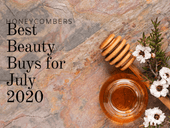
[FEATURE] HONEYCOMBERS – BEST BEAUTY BUYS IN JULY
by Nicole NithiyahWhat’s hot in our beauty hit list: Honest thoughts and top beauty stories we’re swooning over. As w...
-

Liht Organics Introduces Exclusive Gift Sets: Enhance Your Beauty This Festive Season!
As the holiday season approaches and the year draws to a close, Liht Organics is thrilled to present two enchanting g...
-

Get Spooktacular with the Best Halloween Makeup Ideas using Liht Organics' All-Natural, Vegan, and Cruelty-Free Cosmetics!
With Halloween just around the corner, it’s time to let your creativity shine and transform yourself into a spooky,...
-

Celebrating World Animal Day with Liht Organics: Embracing Natural Cruelty-Free Makeup
wp:paragraph As we observe World Animal Day, the team at Liht Organics takes great pride in honoring our pledge to...
-
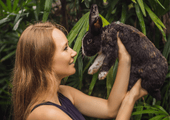
Reasons Why You Should Choose Cruelty-Free Cosmetics Instead!
With increasing exposés unveiling the ugly truth behind animal testing that goes on in the beauty industry, it is lit...
-

Celebrate Singles Day with Makeup That Empowers – 22% Off at LIHT Organics!
This Singles Day, treat yourself to beauty that goes beyond skin-deep. At LIHT Organics, we believe makeup is about s...
-

Preparing for the Cozy Beauty of Autumn: A Preview of Your Fall Look
As we bid farewell to the warm, sun-kissed days of summer, it’s never too early to start dreaming about the enchantin...
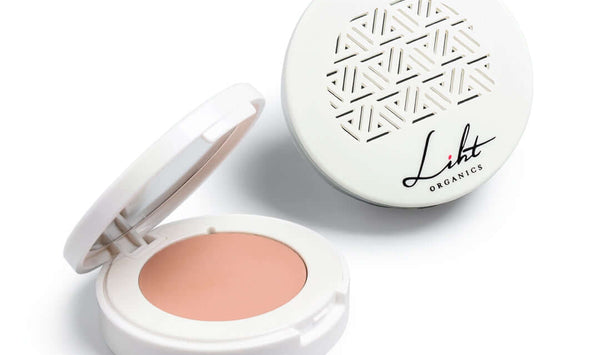
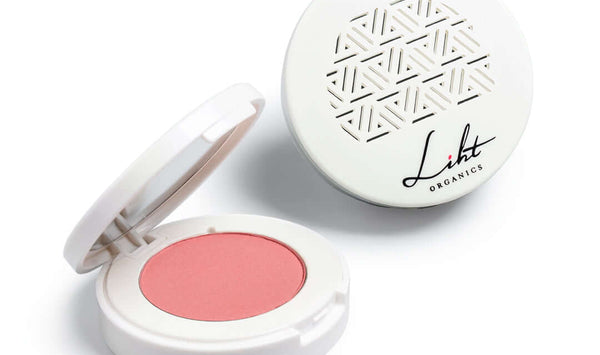
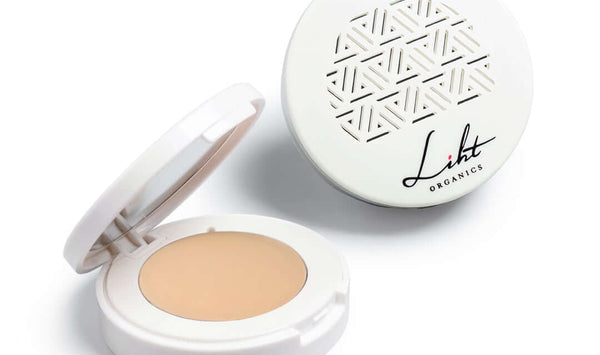
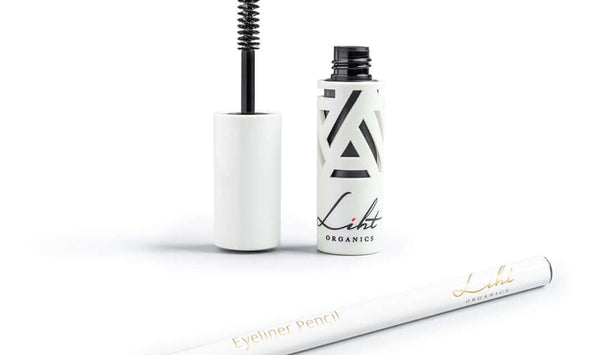
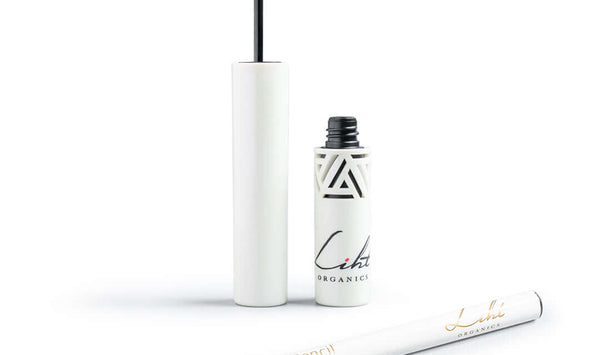
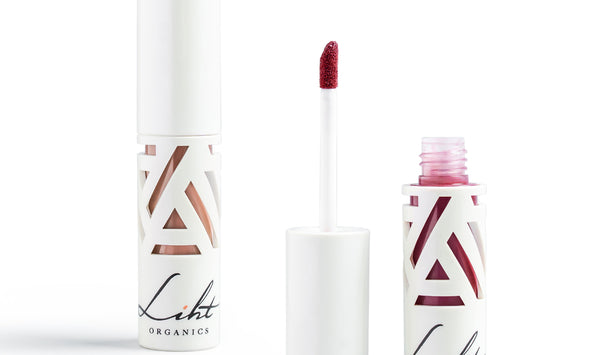
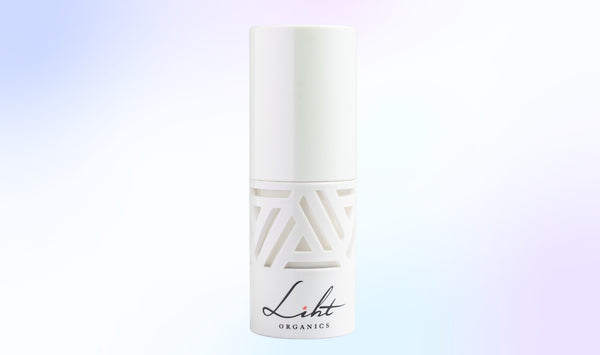

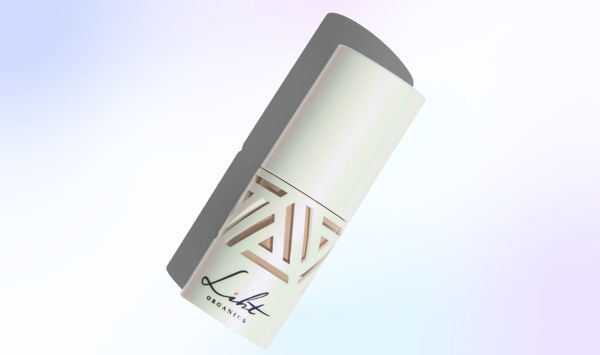
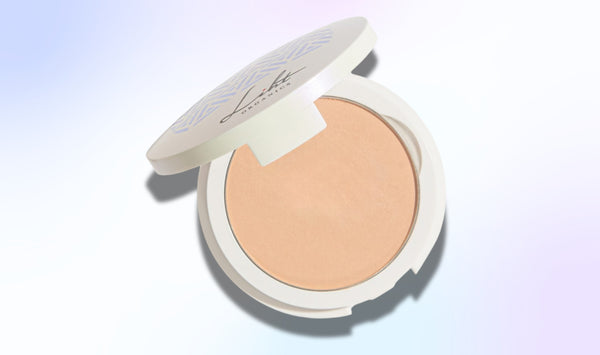
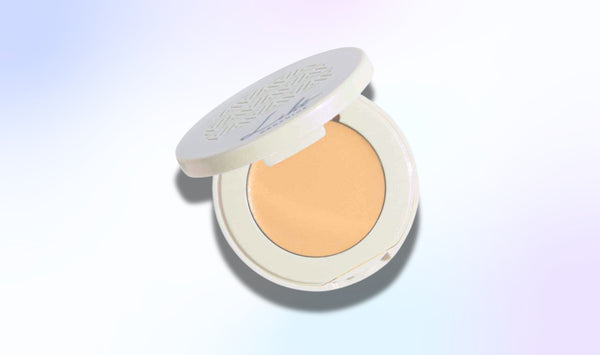
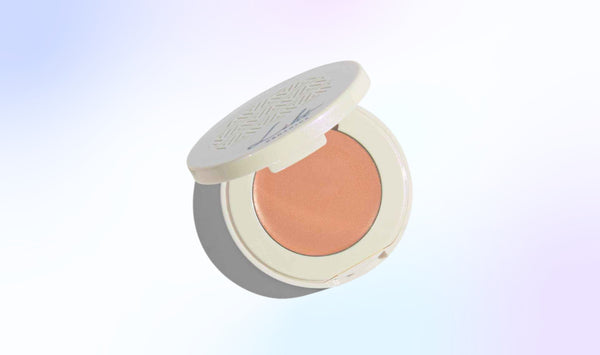
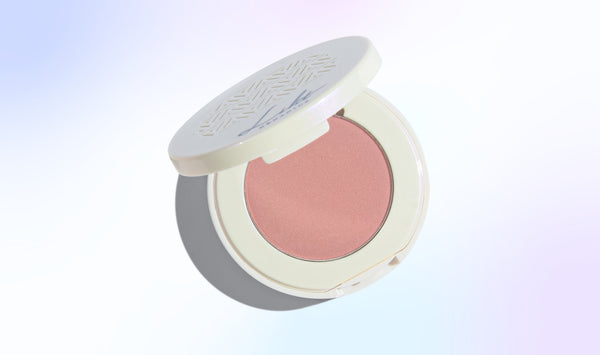
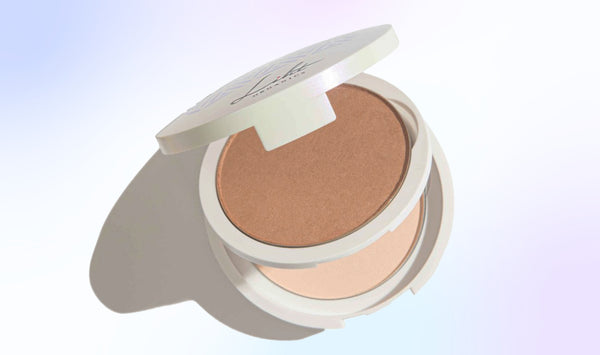
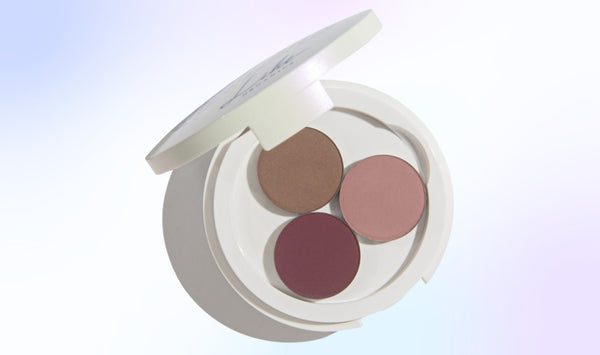
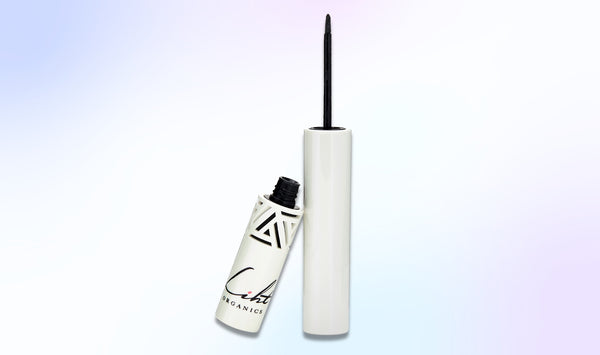
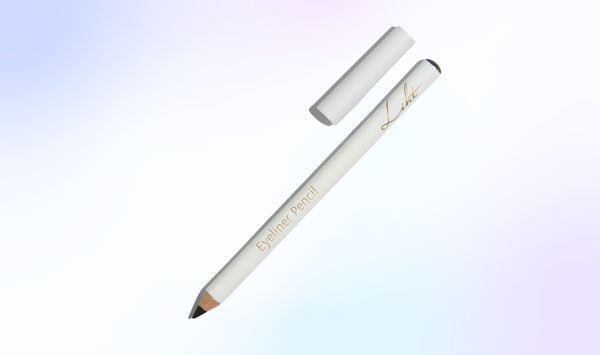
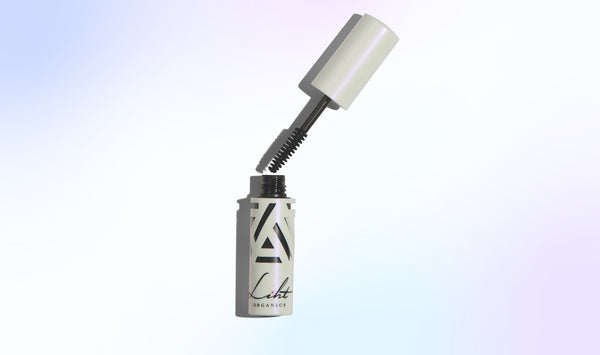
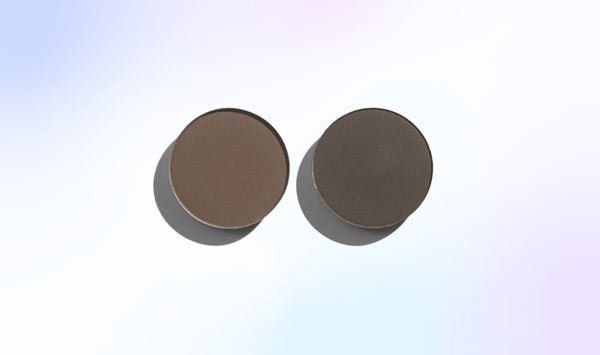
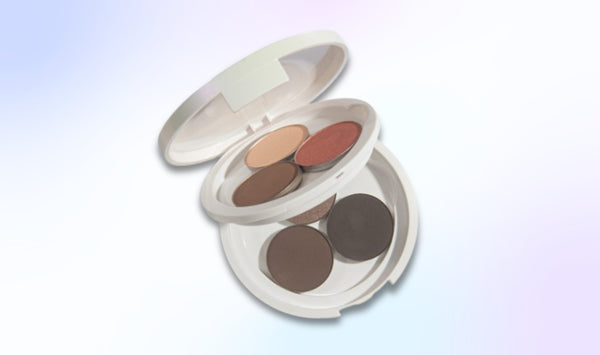
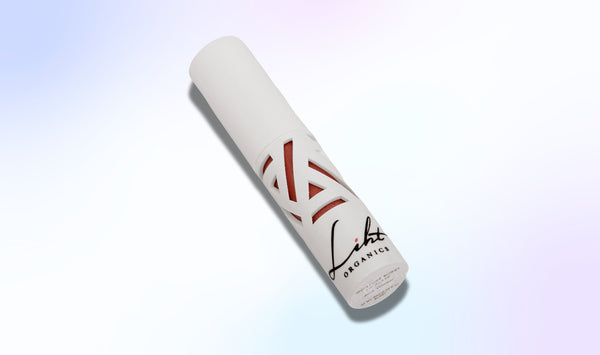
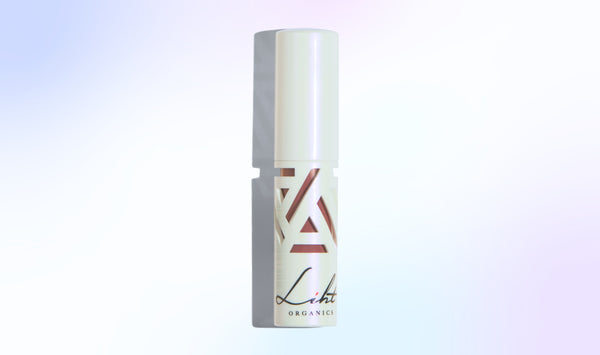
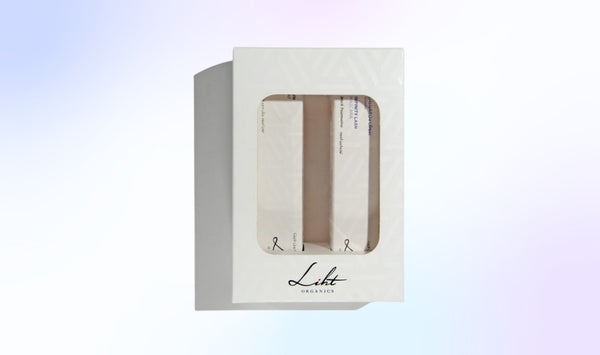
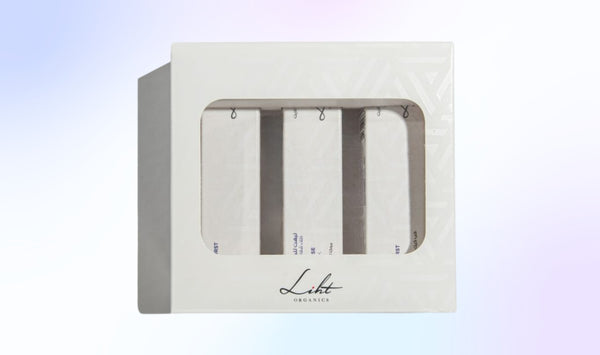


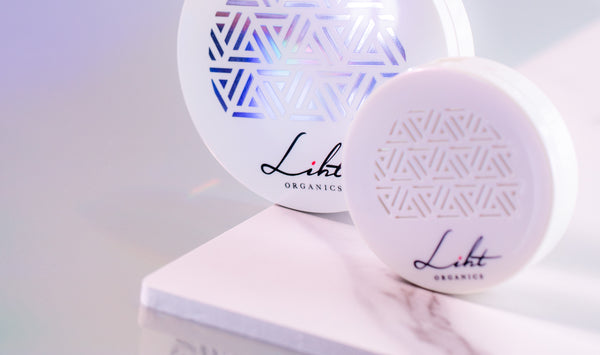
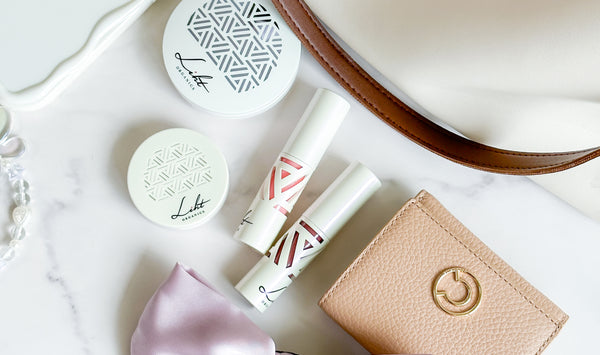
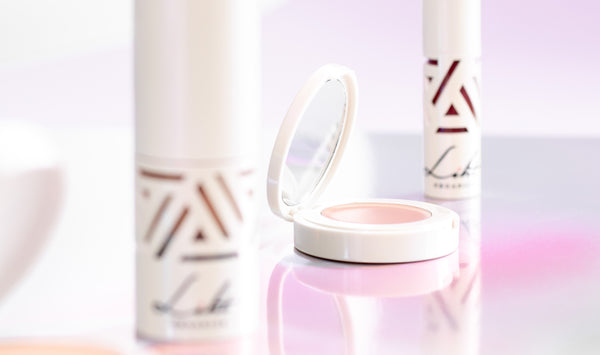




![[FEATURE] Liht Organics to debut at TFWA Asia Pacific show](http://lihtorganics.com/cdn/shop/articles/1_1.png?v=1759328400&width=170)
![[FEATURE] The Singapore-based organic makeup brand is a first-time exhibitor at this year’s TFWA Asia Pacific Exhibition in Singapore in May 2025](http://lihtorganics.com/cdn/shop/articles/2_1.png?v=1759328386&width=170)
![[FEATURE] Travel Retail Awards 2025 finalists - Best Make-up Product Color-Intense Liquid Lipstick – Liht Organics](http://lihtorganics.com/cdn/shop/articles/4_e2f54f0f-fcd1-46e7-9990-fc9d29e35131.png?v=1759328382&width=170)
![[FEATURE] Liht Organics targets expansion in travel retail](http://lihtorganics.com/cdn/shop/articles/3_1.png?v=1759328346&width=170)
































































